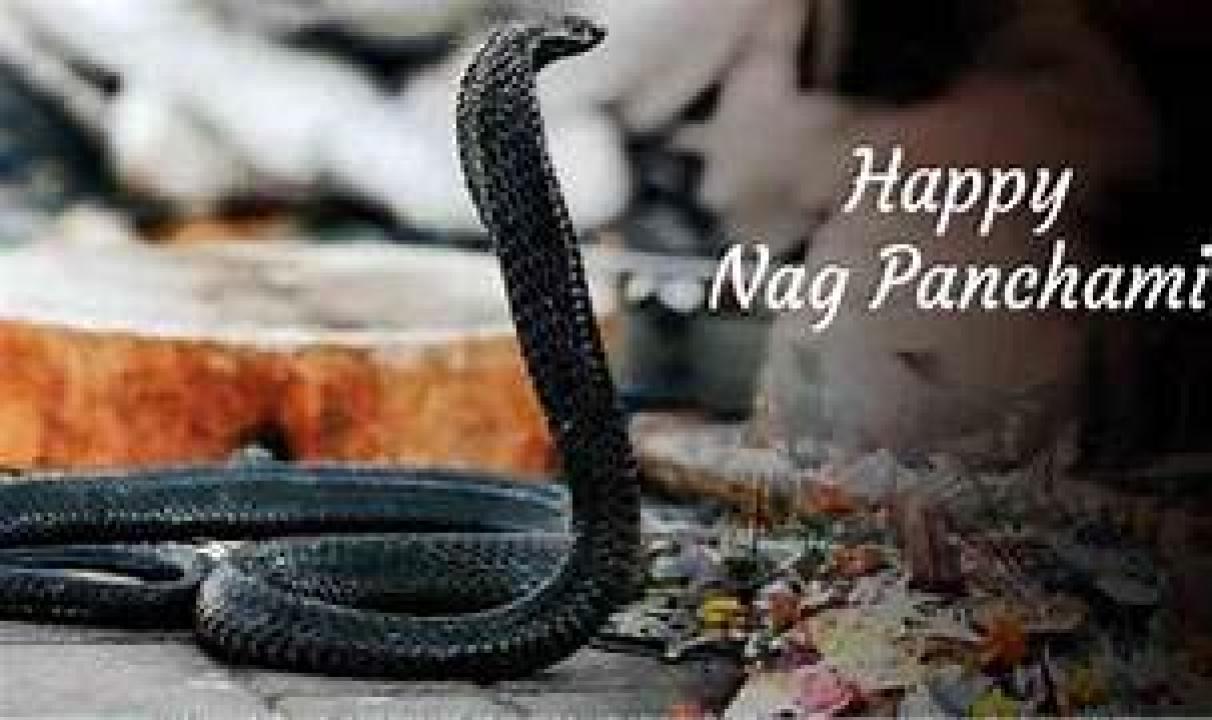Nag
Panchami in 2024 will be celebrated on Friday, August 16, 2024. This
festival falls on the fifth day of the bright half of the lunar month of
Shravana, according to the Hindu calendar. It is a day dedicated to the worship
of Nagas (serpents) and holds significant cultural and religious importance in
various parts of India.
Nag Panchami Puja: Rituals and ProceduresTop of Form
Nag Panchami Puja is a significant ritual performed to
honor and worship the serpent deities. The puja is believed to bring protection
from snake bites, blessings for prosperity, and overall well-being. Here are
the steps and customs typically involved in Nag Panchami Puja:
Preparation for Nag Panchami Puja
- Clean
the House: Ensure the house is cleaned and purified. Many people decorate
the entrance with rangoli (colorful patterns) and place a small idol or
image of a snake deity.
- Puja
Thali Preparation: Prepare a thali (plate) with the following items:
- Milk
- Flowers
(especially jasmine and marigold)
- Turmeric
powder (haldi)
- Vermilion
(sindoor)
- Sandalwood
paste
- Rice
grains
- Sweets
(like kheer or laddoo)
- Incense
sticks (agarbatti)
- A
small diya (oil lamp)
Puja Procedure
- Invocation
of Lord Ganesh: Begin the puja by invoking Lord Ganesh, the remover of
obstacles, for a smooth and successful ritual.
- Worship
of Snake Deities: Place the idol or image of the serpent deity on a clean
surface. If you don't have an idol, you can draw a snake figure using
turmeric and vermilion paste on a wooden plank or on the ground.
- Offering
Milk: Pour milk over the snake idol or image as an offering. This is a
symbolic gesture to seek the blessings of the serpent deities.
- Applying
Turmeric and Vermilion: Apply a mixture of turmeric and vermilion to the
snake idol or image.
- Flower
Offerings: Offer flowers, especially jasmine and marigold, to the deity.
- Offering
Sweets and Fruits: Place sweets, fruits, and other food items in front of
the deity as a mark of respect and devotion.
- Lighting
Incense and Diya: Light incense sticks and a diya (oil lamp) to purify the
surroundings and invoke divine blessings.
- Aarti:
Perform the aarti (a ritual of waving a lighted lamp) while singing
devotional songs or chanting prayers dedicated to the snake deities.
- Prasad
Distribution: After the puja, distribute the prasad (offered sweets and
fruits) to family members and neighbors.
- Additional
Customs
- Fasting:
Many devotees observe a fast on Nag Panchami, consuming only milk and
fruits.
- Visiting
Temples: Visiting temples dedicated to serpent deities or Shiva temples is
a common practice.
- Feeding
Brahmins: In some regions, feeding Brahmins (priests) and donating food
and clothes is considered auspicious.
- Respect
for Snakes: In rural areas, people often feed milk to live snakes,
especially cobra, with the help of snake charmers.
- Nag Panchami Puja is a way to show reverence to the serpent deities and seek their protection and blessings. The rituals may vary slightly depending on regional traditions, but the essence remains the same: honoring and respecting the natural world and its creatures


